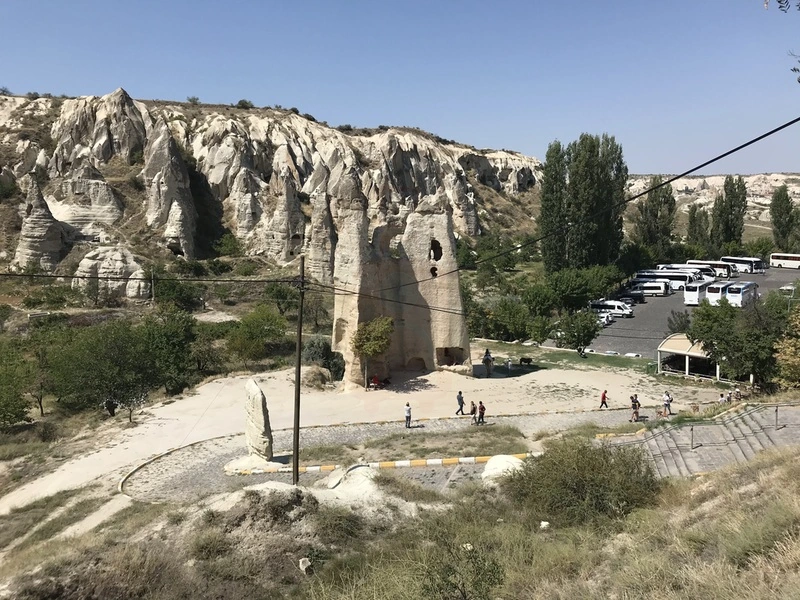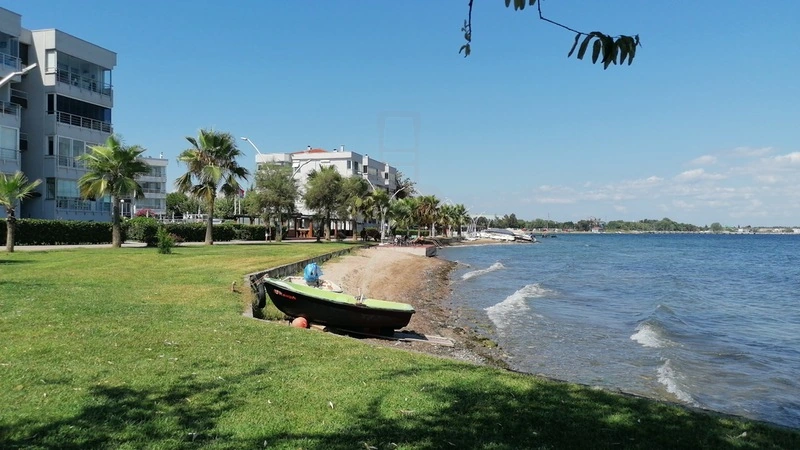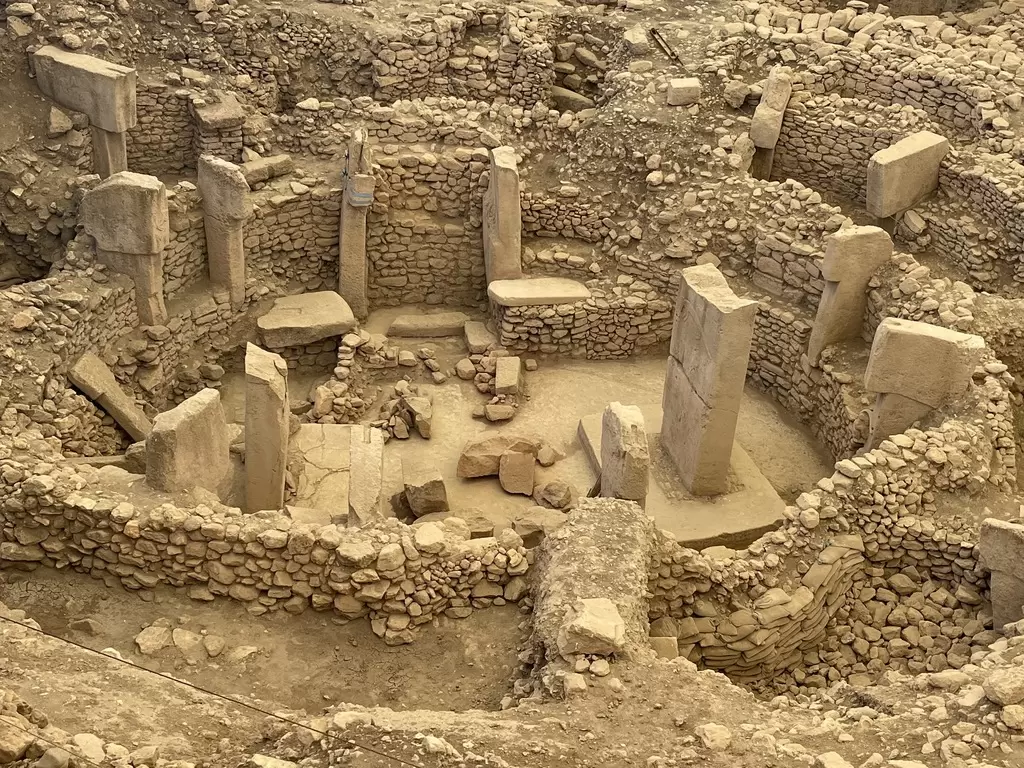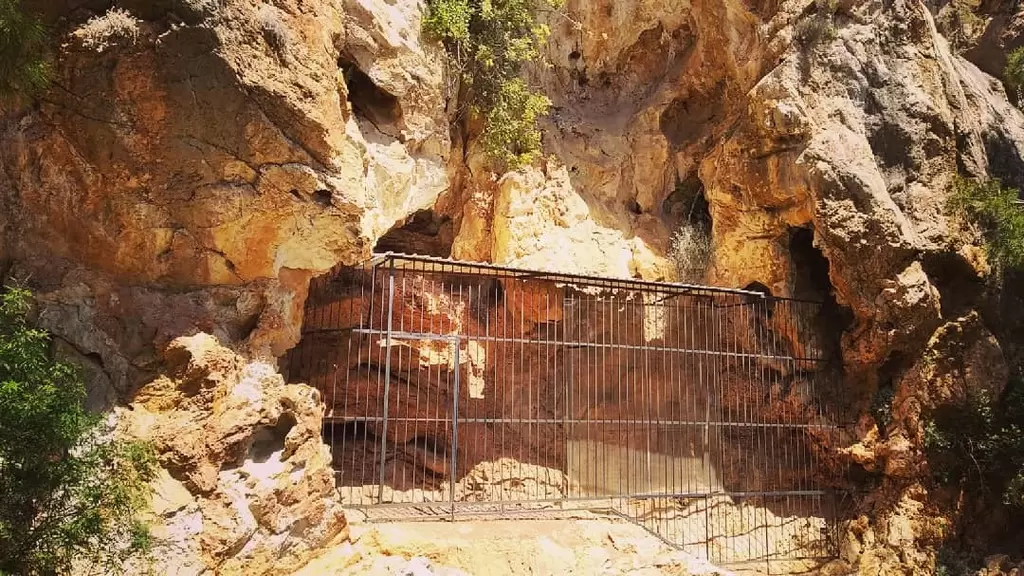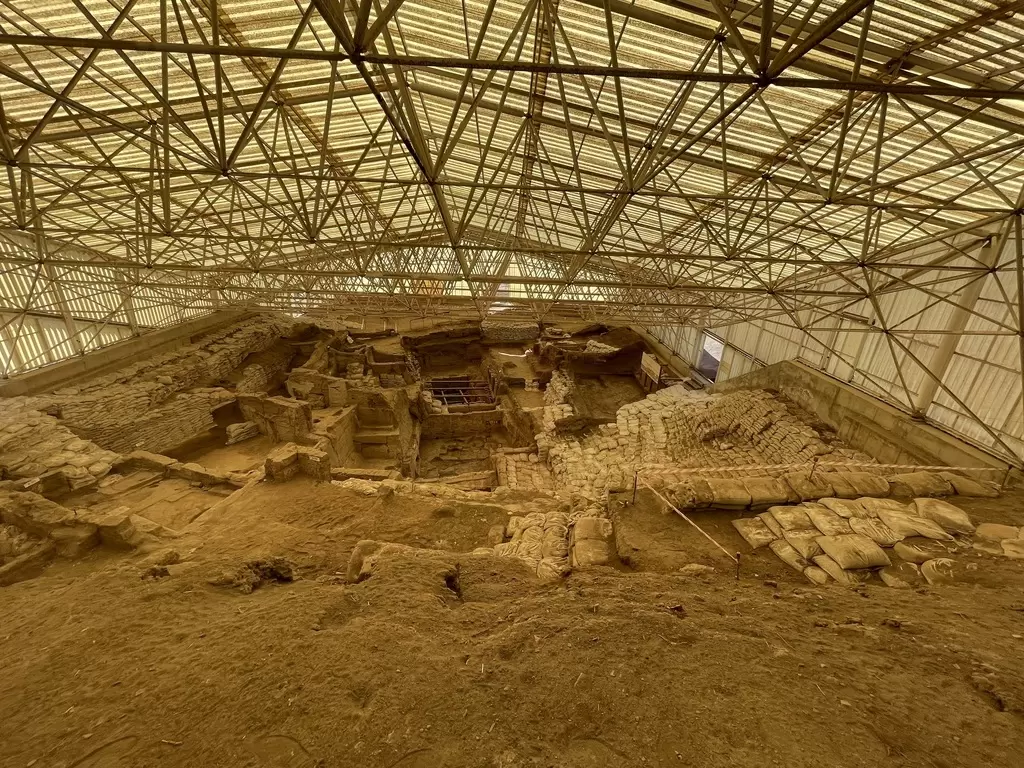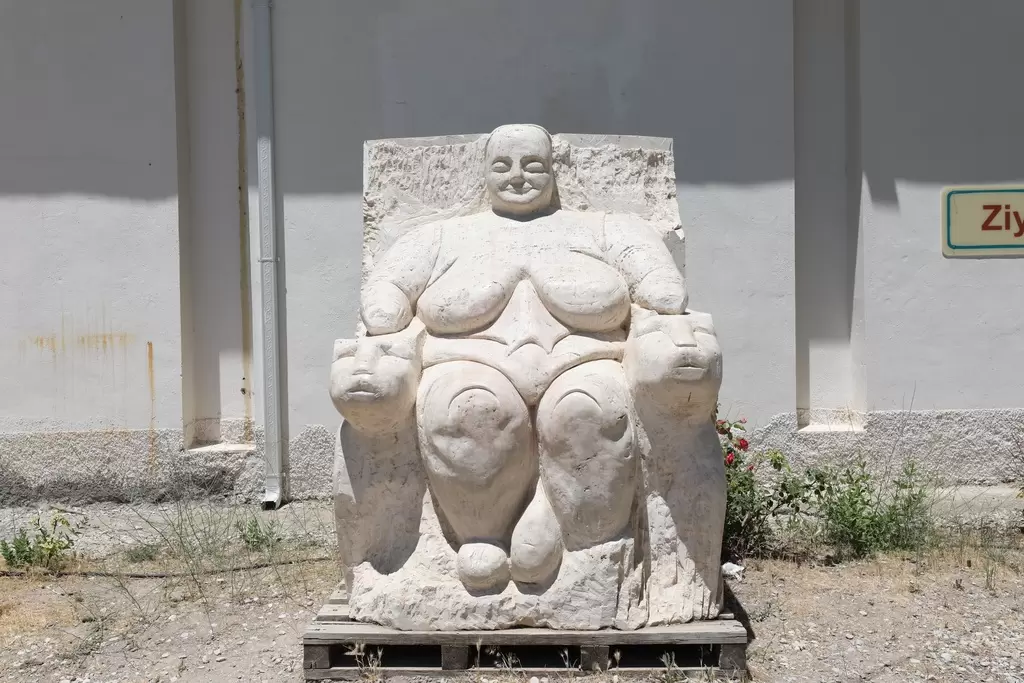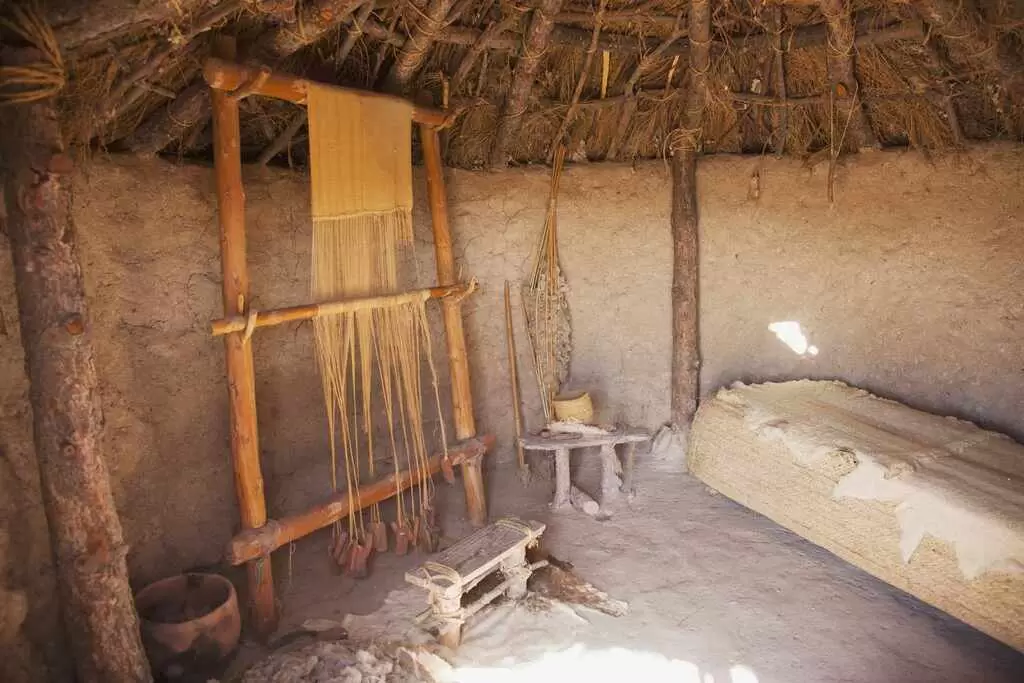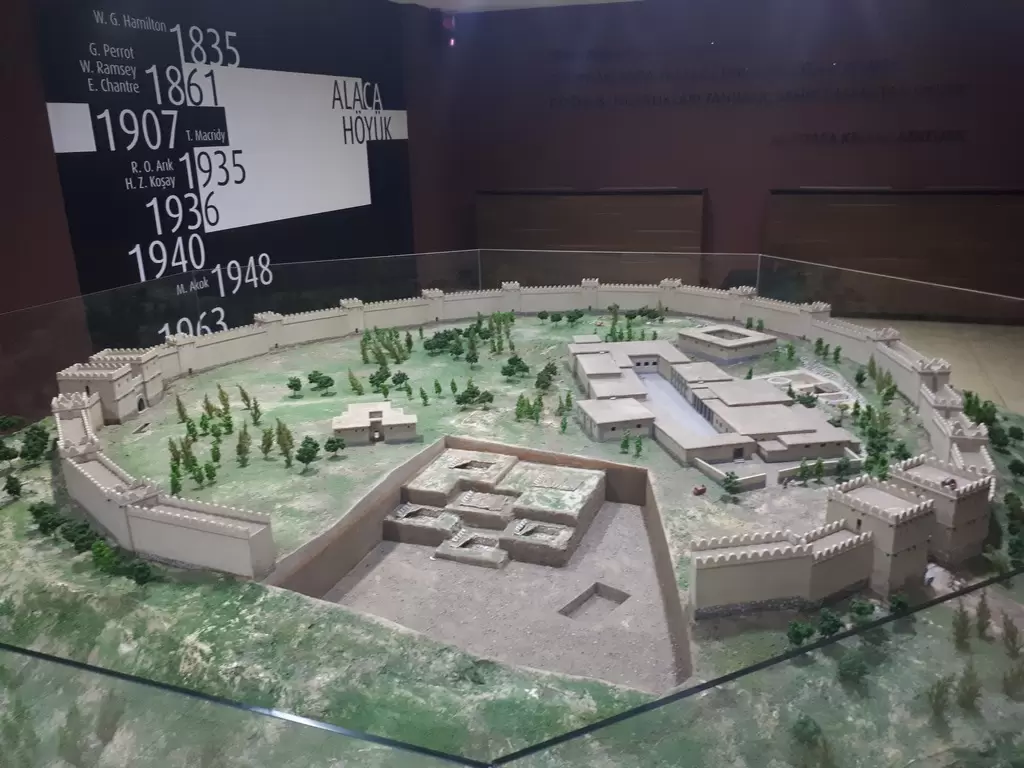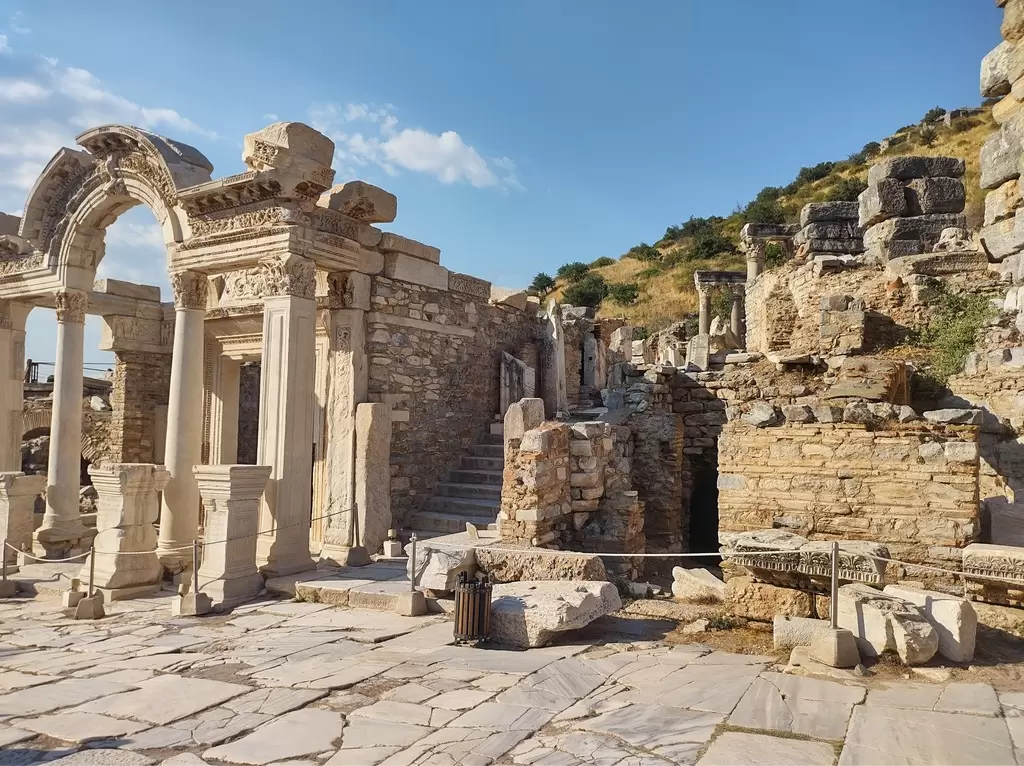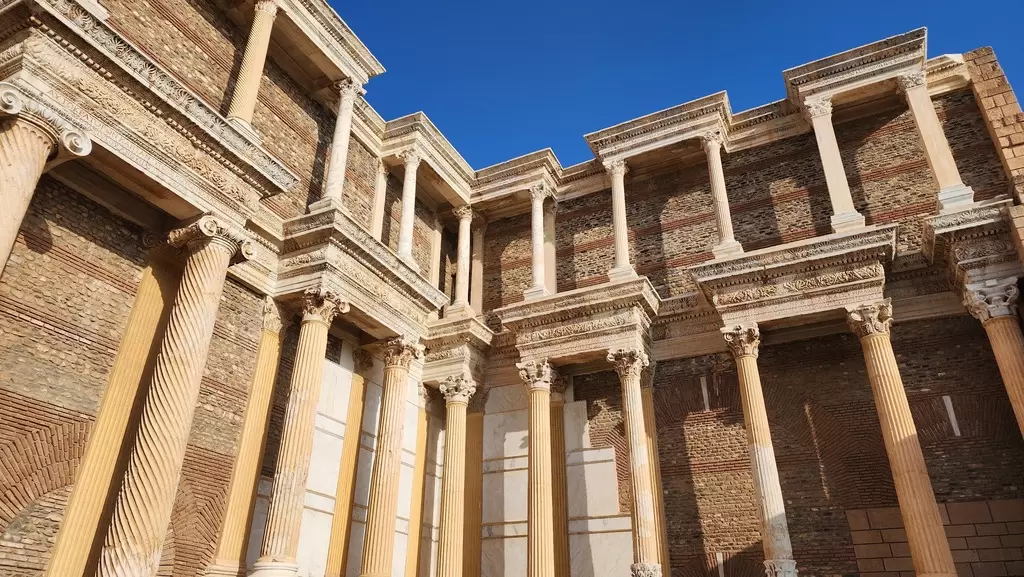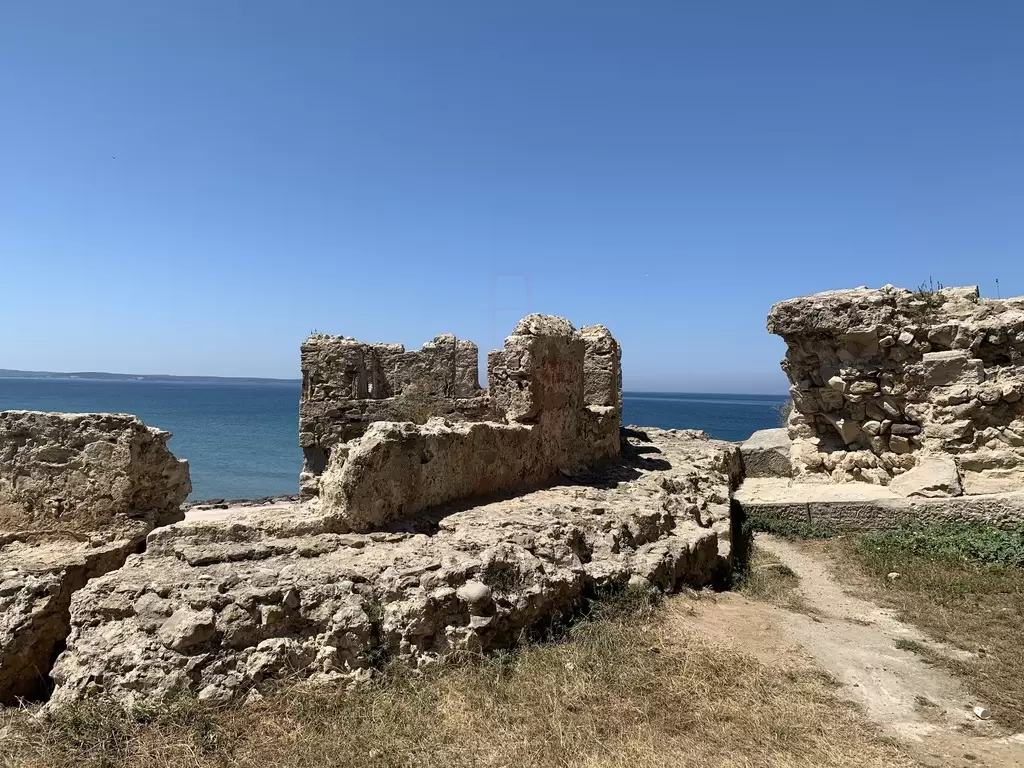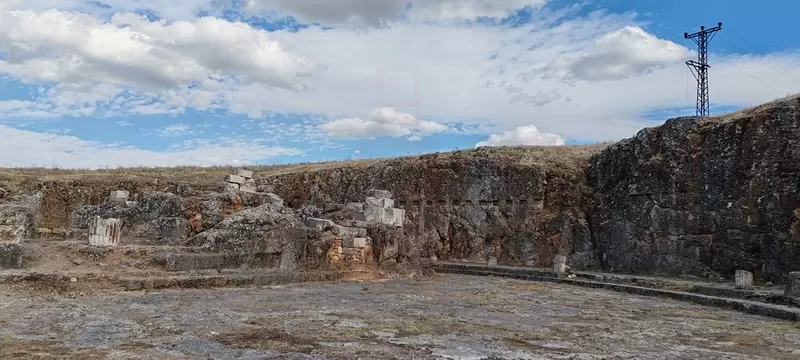
The Kingdom of Pisidia was an ancient realm located in the rugged highlands of southwestern Anatolia, covering parts of modern-day Turkey. Emerging around the 4th century BCE, Pisidia was strategically positioned between major regions, making it a significant player in the political and cultural dynamics of ancient Anatolia.
Geographically, Pisidia is characterized by its mountainous terrain, which provided natural fortifications and influenced the lifestyle of its inhabitants. The region was home to various tribes, each with its distinct identity, yet they shared a common cultural heritage. The major cities of Pisidia included Antiocheia, Sagalassos, and Termessos, each contributing to the kingdom's economic and cultural vibrancy.
Antiocheia, founded by the Seleucid king Antiochus I, became a crucial urban center known for its impressive architecture, public buildings, and temples. The city flourished as a center of trade and culture, attracting merchants and travelers from across the region. Sagalassos, renowned for its stunning Hellenistic ruins, showcased advanced engineering and artistic achievements. Its well-preserved structures, including theaters, fountains, and temples, reflect the city’s affluent past and its role as a cultural hub.
The economy of Pisidia was diverse, with agriculture, animal husbandry, and trade forming the backbone of its prosperity. The fertile valleys supported the cultivation of grains, olives, and vines, while the mountainous areas provided livestock. Pisidia’s strategic location along trade routes facilitated commerce with neighboring regions, enhancing its economic significance.
Culturally, the Kingdom of Pisidia was influenced by Hellenistic and later Roman traditions. The blend of these cultures is evident in the art, architecture, and religious practices of the region. The Pisidians worshipped various deities, with the cult of Artemis being particularly prominent, as evidenced by numerous temples dedicated to her throughout the region.
The Kingdom of Pisidia also played a vital role in the early spread of Christianity. The apostle Paul visited Pisidia during his missionary journeys, notably in cities like Pisidian Antioch, where he preached to both Jews and Gentiles. This early Christian influence left a lasting impact on the region and contributed to the development of Christian communities.
By the 1st century BCE, Pisidia fell under Roman control, becoming part of the province of Galatia. The transition to Roman rule brought changes in administration and culture, but many aspects of Pisidian identity persisted. The region continued to thrive as a center of trade and culture during the Roman period.
Today, the archaeological sites of Pisidia offer valuable insights into the kingdom's rich history. Visitors can explore the impressive ruins of ancient cities, including well-preserved theaters, temples, and aqueducts. These remnants serve as a testament to the artistic and architectural achievements of the Pisidians, reflecting a complex society that contributed significantly to the history of Anatolia. The legacy of the Kingdom of Pisidia is a fascinating chapter in the tapestry of ancient civilizations, showcasing the interplay of culture, trade, and religion in this unique region.






